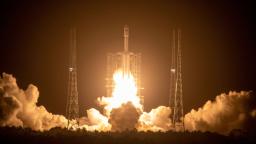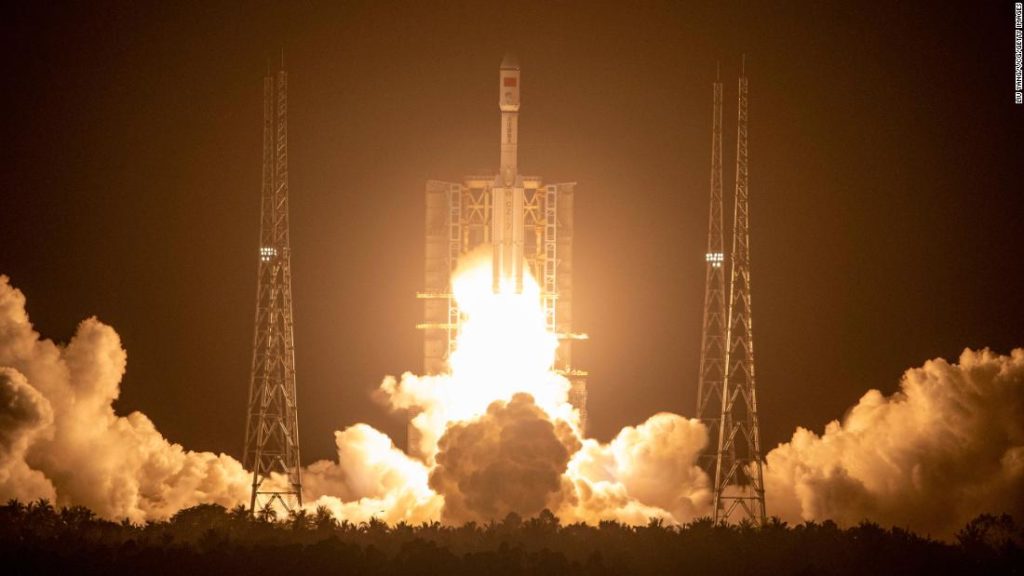
It blasted off via a Long March-7 Y3 rocket at 8:55 p.m. Beijing time on Saturday from the Wenchang Space Launch Center on the southern island of Hainan, the China Manned Space Engineering Office said.
With a designed life of more than 1 year, Tianzhou-2 carried supplies for future astronauts including food for the crew of the Shenzhou-12, which will be launched next month for a three-month stay on the station, as well as two tons of propellant.
Tianzhou-2 is the second in a series of missions needed to complete China’s first self-developed space station in 2022, and follows the launch of Tianhe, the first module, in late April.
The three-module space station will rival the International Space Station (ISS), which is backed by countries including the United States, Russia and Japan. China was barred from participating in the ISS by the United States.
The rocket’s launch was postponed this month due to technical reasons, state media said.
The first cargo spacecraft Tianzhou-1 was sent to refuel a space lab — Tiangong-2 — three times in 2017, as a test of the technologies needed to support construction of the space station.
Next year, China will launch the two other core modules — Wentian and Mengtian — using the Long March 5B, its biggest and most-powerful space transport vehicle.
That rocket, capable of sending 25 tonnes of payload into low Earth orbit, was a source of worry earlier in May as it re-entered the atmosphere after delivering Tianhe into orbit.
Remnants from the rocket finally fell into the Indian Ocean, but China drew criticism for not being transparent about the timing of the debris’ re-entry and predictions of its trajectory.
From June until 2022, four manned spacecraft and four cargo spacecraft will also be launched, by the smaller Long March-7 and 2F rockets, which have a maximum low Earth payload of 14 tonnes and 8.8 tonnes, respectively.
You may also like
-
Afghanistan: Civilian casualties hit record high amid US withdrawal, UN says
-
How Taiwan is trying to defend against a cyber ‘World War III’
-
Pandemic travel news this week: Quarantine escapes and airplane disguises
-
Why would anyone trust Brexit Britain again?
-
Black fungus: A second crisis is killing survivors of India’s worst Covid wave

